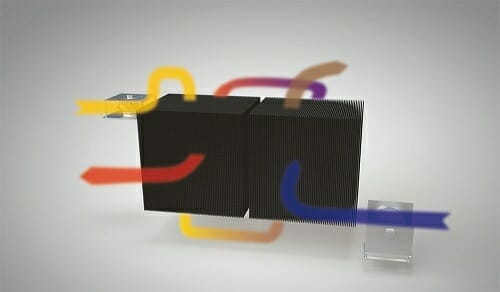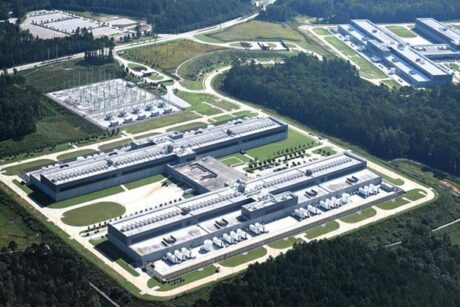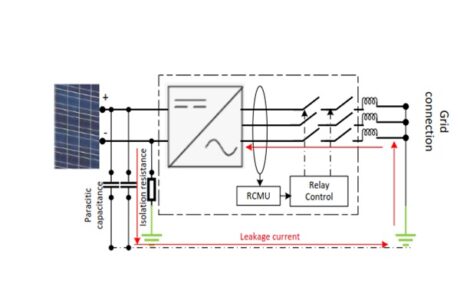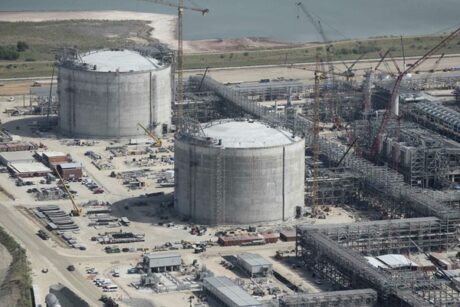Subtotal: $109.00
- Course No E – 1564
- PDH Units 2.00
No data found for Custom Course Number
No data found for Custom Course Units
- Course No E – 1564
- PDH Units 2.00
Intended Audience: civil, electrical, environmental, mechanical, and municipal engineers
PDH UNITS: 2
How can you use combined heat and power in energy efficiency programs for facilities and throughout entire communities? And...what are the benefits, costs, and funding options? Combined heat and power (i.e. CHP or cogeneration) refers to the simultaneous production of electricity and thermal energy from a single fuel source. Installing combined heat and power in energy efficiency programs can provide power and heat at less investment cost than the cost of building additional power plants. In addition, CHP systems provide other economic and environmental benefits, such as reducing air pollution and greenhouse gas (GHG) emissions and improving energy security. Our course curated by Dr. Mark P. Rossow, Ph.D., P.E. provides a comprehensive overview of the benefits of combined heat and power in energy efficiency programs as well as costs of CHP systems, sources of funding, and case studies. This engineering, online, PDH-approved course is derived from the Environmental Protection Agency (EPA) document, “Combined Heat and Power: A Guide to Developing and Implementing Greenhouse Gas Reduction Programs,” from the EPA’s Local Government Climate and Energy Strategy Series.
Learning Objectives
At the successful conclusion of this course, you’ll be able to identify and discuss how to:- Reduce GHG emissions and other environmental impacts
- Offset capital costs and prevent financial risks
- Increase electricity reliability
- Apply CHP to wastewater treatment facilities, landfill gas energy projects, multi-family housing, as well as district energy systems
- Learn from real-world case studies to improve energy efficiency programs
Once completed, your order and certificate of completion will be available in your profile when you’re logged in to the site.


![[Live Webinar] Meeting the Data Center Energy Challenge. Technical, Environmental and Ethical Issues](https://nciteengineeringhub.com/wp-content/uploads/Data-Centers-300x300.jpg) [Live Webinar] Meeting the Data Center Energy Challenge. Technical, Environmental and Ethical Issues
[Live Webinar] Meeting the Data Center Energy Challenge. Technical, Environmental and Ethical Issues 







